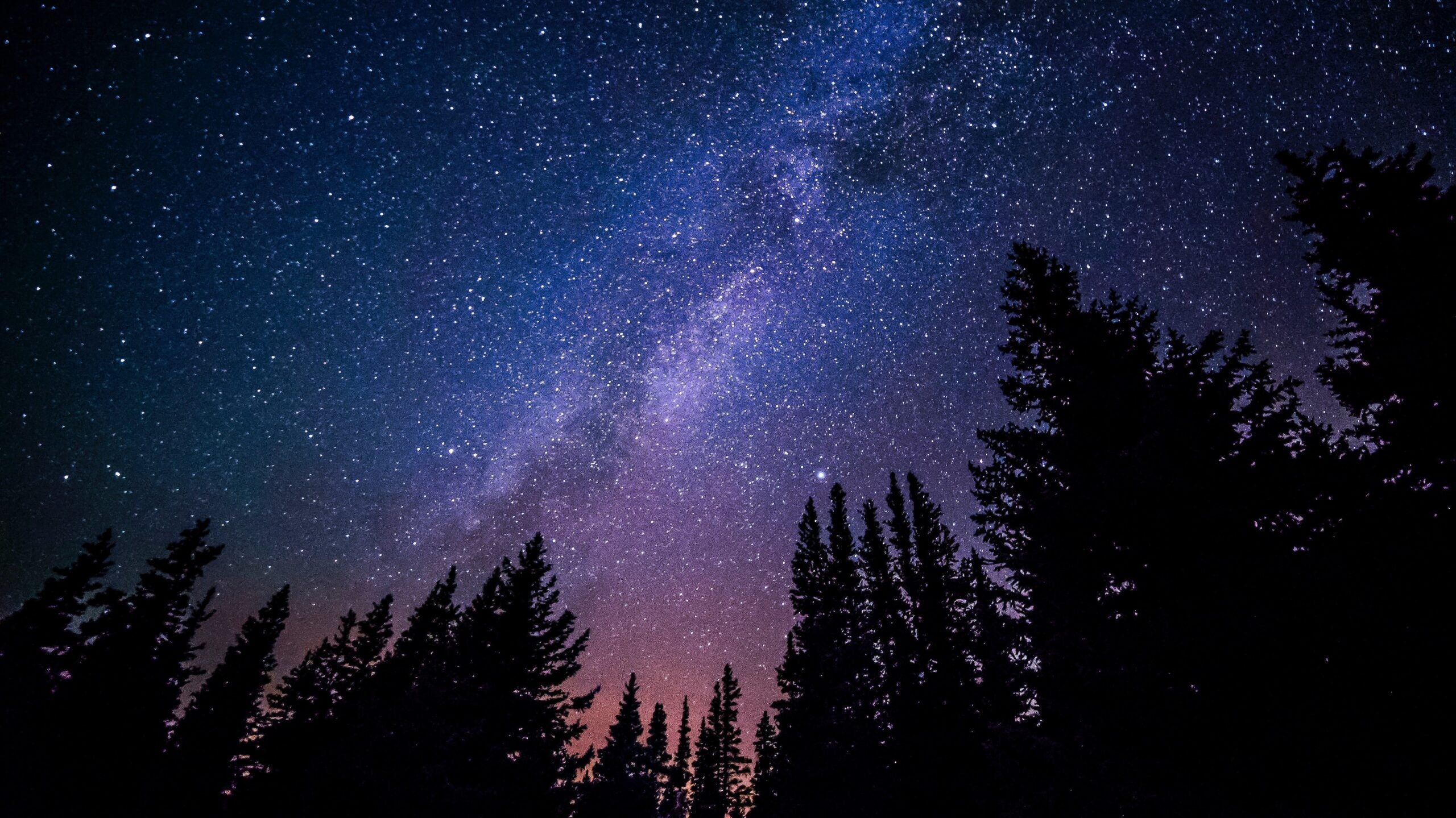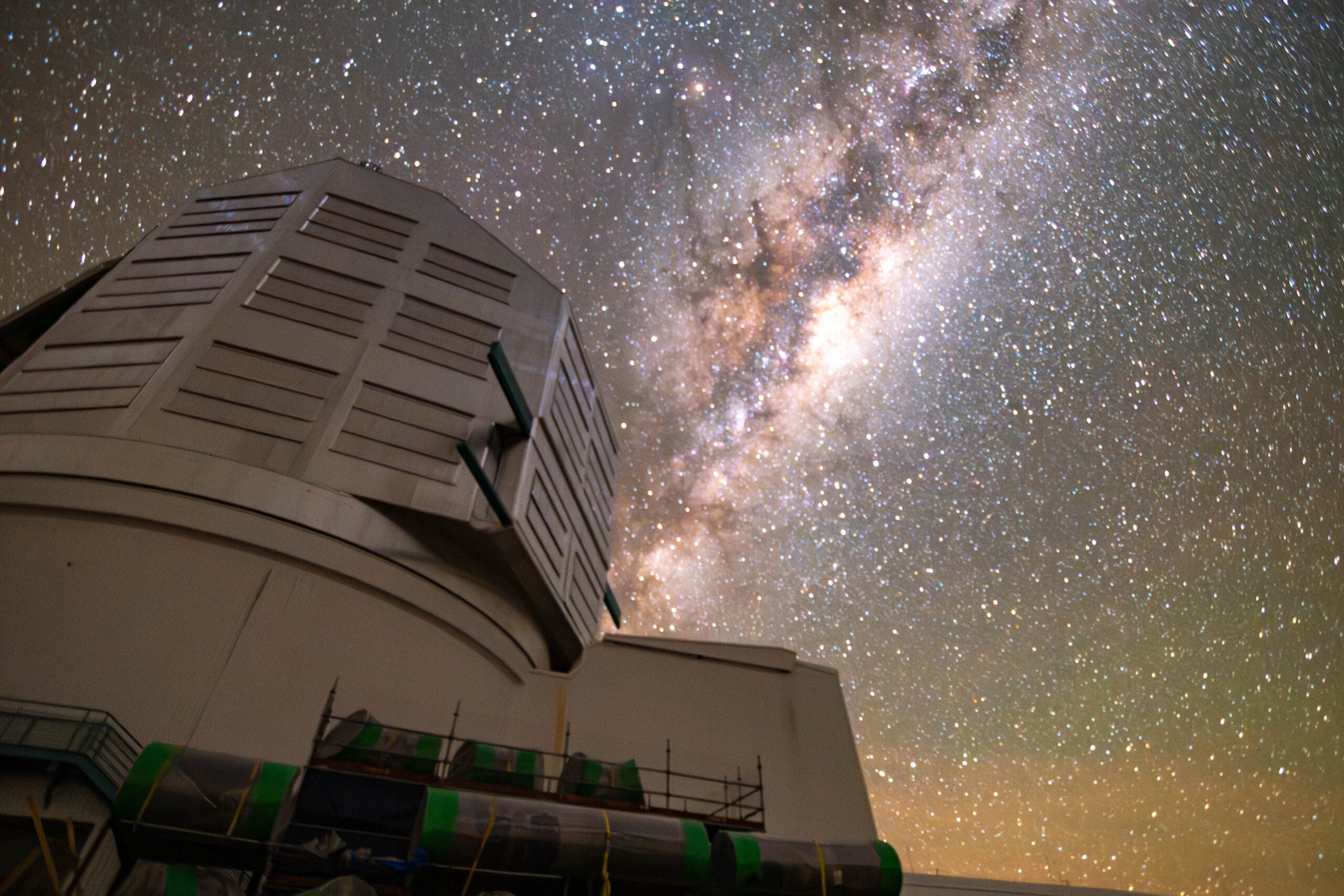Space enthusiasts: Set your alarms for overnight tonight and look up. A total lunar eclipse is set for Wisconsin skies.
The celestial event features the alignment of the earth, moon and sun to bring light to the night sky.
Once the moon passes the Earth’s shadow, a beautiful range of red and orange colors will form as the “blood moon” takes effect.
News with a little more humanity
WPR’s “Wisconsin Today” newsletter keeps you connected to the state you love without feeling overwhelmed. No paywall. No agenda. No corporate filter.
“If there’s a few clouds, it should be bright enough to see through them,” said Jim Head, president of the Northwoods Explorers of Space and Astronomy in Minocqua.
Head spoke with WPR’s “Wisconsin Today” about what he called the “unique phenomena” expected over Wisconsin skies, with full visibility lasting from 1:26 to 2:31 a.m. Friday. Wisconsin hasn’t had an event like this since 2022.
“Our moon’s orbit is tilted 5 degrees to the plane of our orbit around the sun,” he said. “It has to be lined up perfectly with the plane — and that only happens a few times during the year.”
Head serves as the NASA/Jet Propulsion Laboratory space ambassador, part of a public engagement effort to motivate volunteers to communicate about science and space exploration in their communities.
He said from the moon’s perspective, this would be like a solar eclipse involving Earth.
“You would see an [amazing] ring of fire around planet Earth,” he said. “The moon is entirely in an Earth shadow.”
Whether people have a telescope, binoculars or just their eyes, Head added that warmer temperatures for this year’s total lunar eclipse should create a more enjoyable experience.
“Last time it happened in Minocqua, it was 30 degrees below [zero] at 1 a.m. when my wife and I went out to see it,” he said.
As the March eclipse takes shape, math enthusiasts will celebrate national Pi Day to recognize the mathematical constant of pi — about 3.14 — observed on March 14.
“With pi, all you need is to look at the moon, calculate its diameter and you can determine its circumference and its volume,” Head said.
After a year-long period, he said, this calculation can then reflect the Earth’s orbital period.
“It’s a handy formula to use if you’re trying to figure out orbits and the circumference of planets,” he added.
More than 400 people look to Head’s Northwoods Explorers of Space and Astronomy in Minocqua for events and updates on lunar and solar eclipses.
Head said other resources such as timeanddate.com are valuable, as well.
For people interested in learning more about astronomy, there are more than a dozen astronomy clubs across Wisconsin to join.
“Almost all of them are nonprofit like we are,” he said. “We serve to educate the public and make them more aware of the beautiful universe that’s around us.”
Wisconsin Public Radio, © Copyright 2026, Board of Regents of the University of Wisconsin System and Wisconsin Educational Communications Board.




